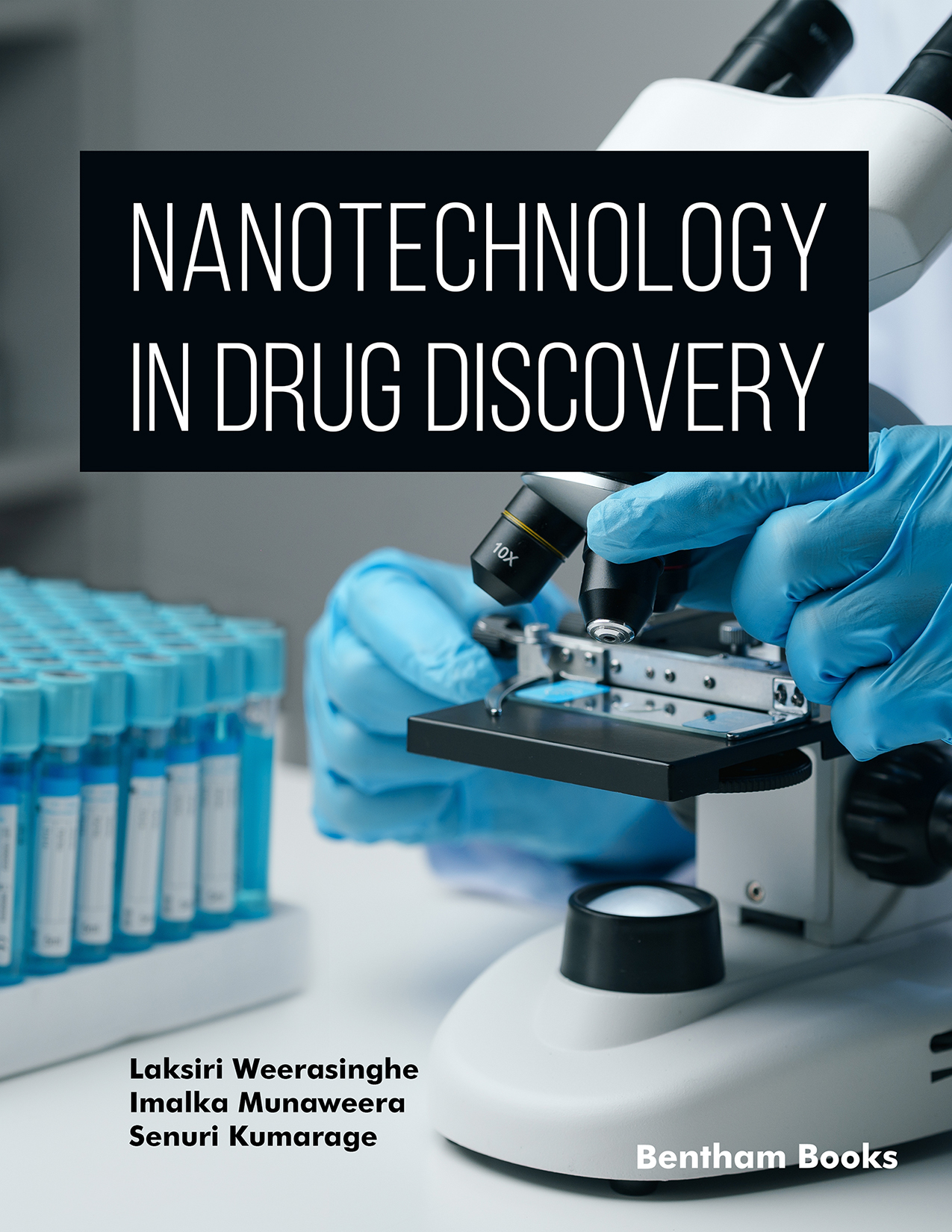Preface
Drug discovery is a critical step in the treatment and cure of diseases, involving identifying drug targets, lead identification, modification, synthesis, characterisation, validation, optimization, screening, and tests for therapeutic efficacy. Drug research and development have been greatly impacted by nanotechnology, resulting in the development of novel medicines for diseases that were previously incurable. At present, the pharmaceutical industry is attempting to minimize the time needed for medication development in response to the growing demand for fast drug development. Nanotechnology has allowed for the evolution of critical processes in traditional drug discovery, with an emphasis on enhancing lead identification, modifications, synthesis, stability, and target selectivity. There has been a surge in nanomedicine research over the last few decades, which is now being translated into commercialization endeavours throughout the world, leading to the marketing of various nano-drugs.
This book is intended for students and researchers who are just starting out in the modern drug development sector, where nanotechnology has taken up a significant space. The book will progressively expose readers to the topic of nanotechnology-based drug research by first examining the fundamentals of nanoparticles. Then this book will cover the utilization of nanotechnology throughout the drug development process from lab to market, focusing on lead identification and synthesis, drug delivery, nano-drug toxicity, in-vivo fate of NPs, and finally regulations on NPs-based drugs in various countries. The work then finally focuses on the future perspective of nanotechnology in drug discovery. Eventually, the readers will have an overall idea of how nanotechnology has improved the conventional drug development process. The abstract and conclusion given at the beginning and end of each chapter will provide the readers with concise information that is elaborated throughout the chapters.
We anticipate that this book will serve as a reference book, offering an in-depth account of how nanotechnology has revolutionized the drug development process while highlighting the intriguing recent findings in the field.
Laksiri Weerasinghe
Department of Chemistry University of Sri Jayewardenepura,
Gangodawila, Nugegoda 10250,
Sri Lanka
Imalka Munaweera
Department of Chemistry University of Sri Jayewardenepura,
Gangodawila, Nugegoda 10250,
Sri Lanka
&
Senuri Kumarage
Department of Chemistry University of Sri Jayewardenepura
Gangodawila, Nugegoda 10250
Sri Lanka

